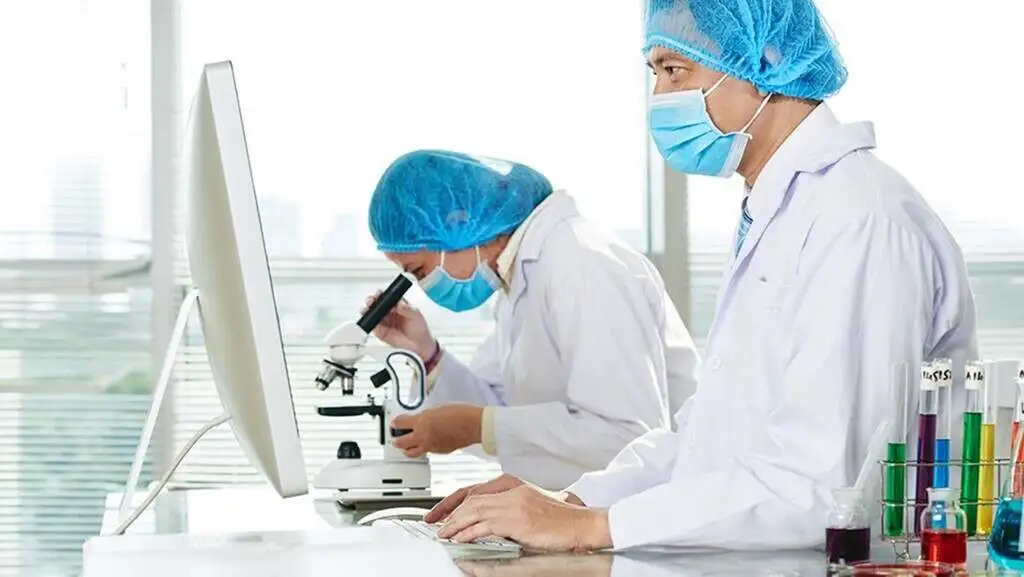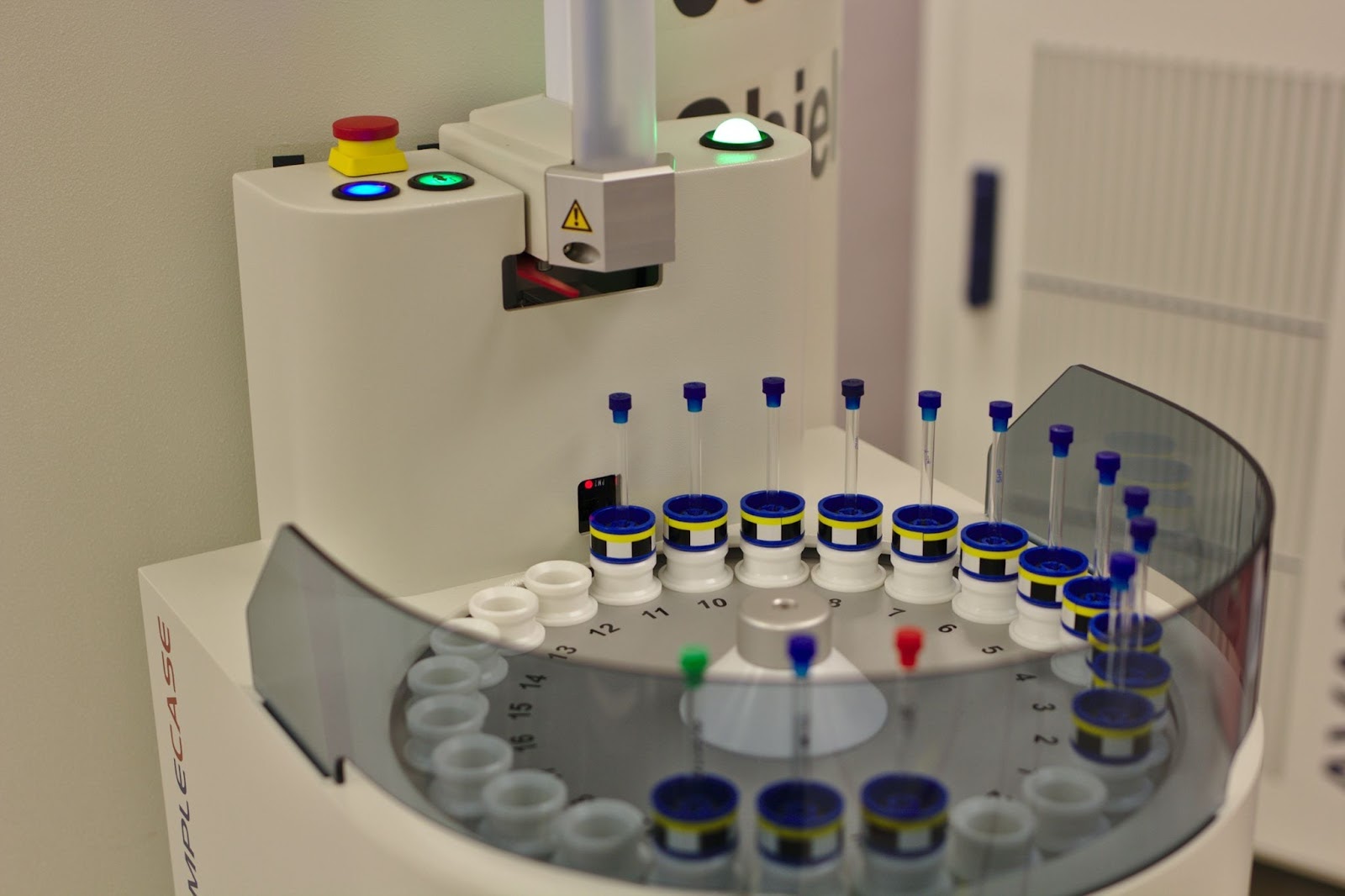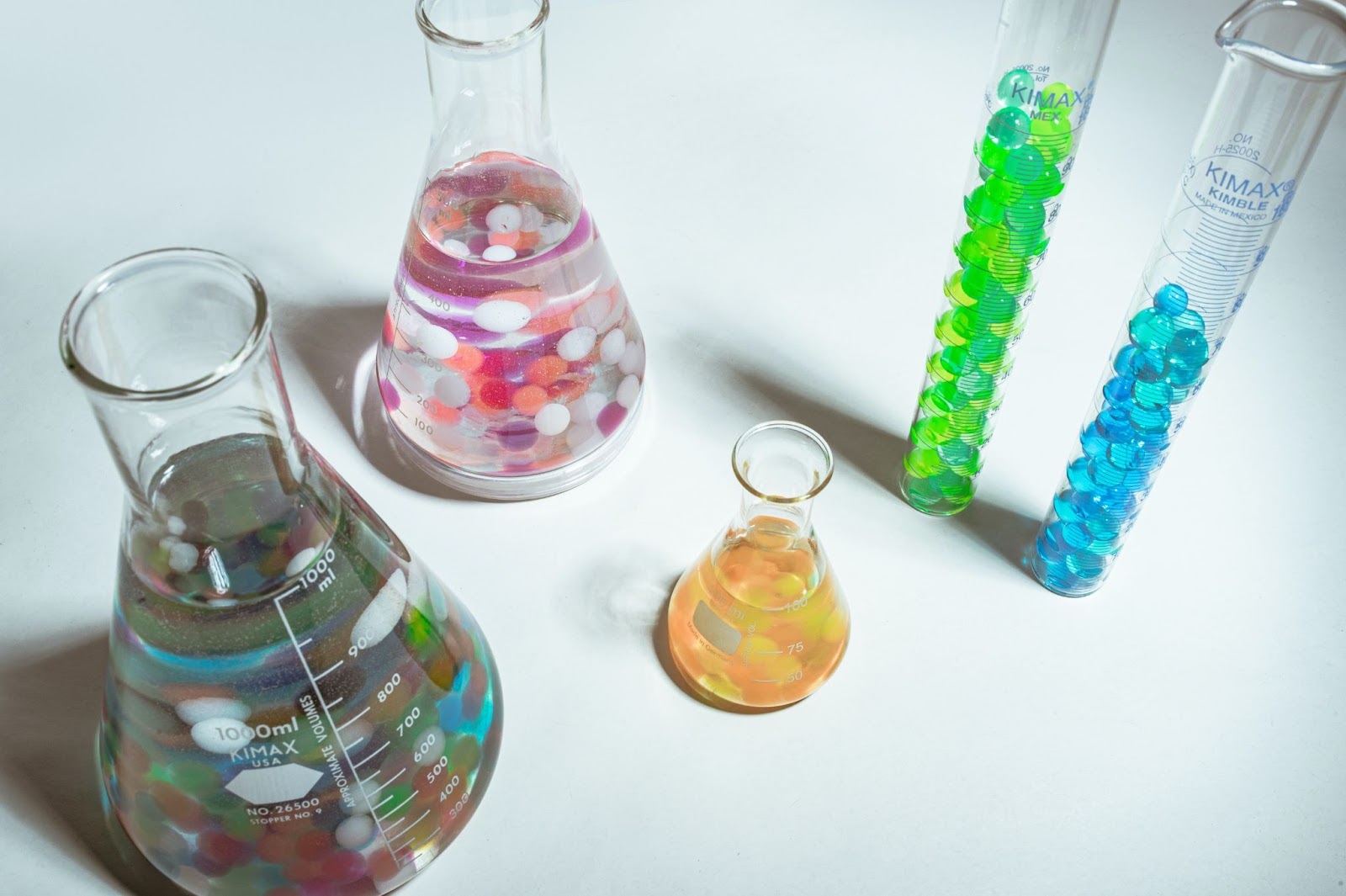The production of a peptide relation amid two amino acids is called peptide synthesis. A peptide is a flexible (little intermediate structure) chain of up to 30-50 proteins. There is no clear definition of a peptide.
Peptide synthesis is a widespread methodology is even high-throughput biomedical research and medication development. It is due to protein synthesis science and methods developments over the previous 50 years.
The advantage of today’s peptide synthesis methodologies is that, in addition to producing peptides found in biological collections, you may also use them to generate new peptides to enhance a desired physical reaction or another result.
But what are the essential things relating to peptide synthesis? How does its process take place? Read on to know all about peptide synthesis and its several applications in the medical sector.
How does peptide synthesis help the medical sector?
The creation of epitope-specific responses against infectious proteins, the research of protein activities, and the discovery and characterization of proteins have benefited from introducing peptide synthesis in the 1950s and 1960s. Synthetic peptides are also utilized to investigate enzyme-substrate interactions in significant enzyme classes, including kinases and proteases, vital in cell signalling. Utilizing peptides for research purposes is pretty commonplace in the medical field with how unique their properties are.
Using sets of homologous synthetic peptides, cell biologists may investigate effector function or the substrate recognition selectivity of newly found enzymes. Peptide Synthesis can mimic naturally existing peptides and treat cancer and other severe disorders. Finally, in mass spectrometry (MS) applications, synthesized peptides are utilized as standards and reagents. Synthetic peptides are essential for MS-based protein identification, characterization, and quantification, particularly for proteins that serve as early indicators for illnesses.
What goes on in the process of peptide synthesis?.
The carboxyl group of the entering amino acid is usually coupled to the N-terminus of the developing peptide chain during peptide synthesis. Here are the significant steps involved in peptide synthesis:
Deprotection of peptides:
Since amino acids include several reactive compounds, a researcher should do peptide synthesis carefully to prevent side reactions that diminish the length of the peptide chain and induce branching. Chemical groups that attach to the reactive groups of amino acids and block or shield the functional group from nonspecific reactivity have been created to enable peptide synthesis with minimal side reactions.
Before synthesis, purified individual amino acids are retaliated with these safeguarding groups, and then specific preserving groups are eliminated from the recently introduced amino acid. It happens just after coupling to permit the next arriving amino acid to connect to the increasing peptide bond in the proper direction. All remaining covering groups are eliminated from the embryonic peptides when peptide synthesis is finished.
Coupling of amino acids:
Synthetic peptide coupling necessitates carbodiimides like dicyclohexylcarbodiimide (DCC) to activate the C-terminal carboxylic acid on the entering amino acid (DIC). These coupling chemicals combine with the carboxyl group to generate a highly volatile O-acylisourea intermediate, which is swiftly displaced by nucleophilic assault from the deprotected leading amino group on the developing peptide chain forming the nascent peptide bond.
Racemization of the amino acid may occur when carbodiimides generate a reactive intermediate. As a result, chemicals that mix with the O-acylisourea intermediate, such as 1-hydroxy benzotriazole (HOBt), are often added, resulting in a less reactive alternative that minimizes the danger of racemization. In addition, side reactions caused by carbodiimides have prompted researchers to look into other coupling agents.
Cleavage of peptides:
You must eliminate all residual protecting groups in the nascent peptide after consecutive rounds of acid deprotection and linking. Acidolysis is used to cleave these groups, and the substance used for cleavage varies depending on the protection scheme used; strong acids like hydrogen fluoride (HF), hydrogen bromide (HBr), or trifluoromethane sulfonic acid (TFMSA) have been used to cleave Boc and Bzl groups.
In contrast, TFA is used to cleave Fmoc and tBut groups. Cleavage removes the N-terminal protective group of the final amino acid supplied, the C-terminal safeguarding group (either chemical or resinous) of the initial amino acid, and any side-chain protective groups when done correctly. Scavengers, like deprotection, are added in this stage to respond to free protective groups. Because cleavage is important in peptide synthesis, it should be tuned to prevent acid-catalyzed side reactions.
Purification of peptides:
Even though peptide synthesis methodologies have been refined and can now be mass-produced, the peptide production process is far from ideal. Truncated or deletion segments, isomers, and other side products might result from events such as inadequate deprotection or reactions with free protecting groups.
These events may occur at any point throughout the peptide synthesis process. Therefore the lengthier the amino sequence, the more likely something will interfere with the target peptide’s production. As a result, peptide output is inversely proportional to peptide length.
What was the initial strategy of peptide synthesis?
Liquid-phase peptide synthesis was the first technique employed by scientists when they learned how to make peptides in vitro, and it is still widely used for large-scale production. However, since you must physically withdraw the product from the reaction system after each step, this process is slow and labour-intensive.
This method also necessitates the addition of a chemical group to preserve the first amino acid’s C-terminus. However, one advantage of liquid-phase synthesis is those side reactions are quickly discovered since the product is refined after each step. A convergent synthesis is also an option in which individual peptides are generated and joined together to form more powerful peptides.
In conclusion
Peptide processing has come a long way in the previous five decades. Advancements are driving the economic sides of the industry’s continuous expansion in synthesis, filtration, and separation technologies. The details given above will help you in understanding peptide synthesis thoroughly.
⚠ Article Disclaimer
The above article is sponsored content any opinions expressed in this article are those of the author and not necessarily reflect the views of CTN News








